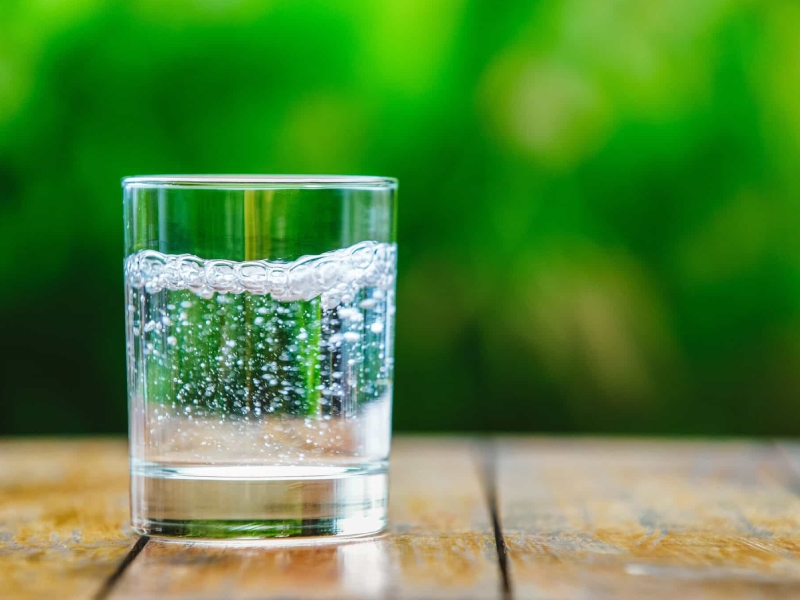Production Process of Carbonated Beverages
- Water Preparation:
-Filtration: Removing impurities and contaminants from the water.
– Purification: Utilizing methods such as reverse osmosis and UV treatment to purify the water.
- Mixing Ingredients:
– Sugar and Sweeteners: Adding sugar or artificial sweeteners to achieve the desired taste.
– Flavoring Agents: Adding extracts and essences to create a variety of flavors.
- Carbonation:
– CO2 Injection: Injecting carbon dioxide gas into the solution to create carbonation and form small bubbles in the drink.
- Blending:
– Homogenization: Uniformly mixing all the ingredients with water and carbon dioxide.
– Quality Control: Conducting frequent tests to ensure the final product’s quality and taste.
- Packaging:
– Bottling: Using glass bottles, plastic bottles, or metal cans for packaging the beverage.
– Sterilization and Sealing: Sterilizing the bottles and properly sealing them to prevent contamination.
- Labeling and Distribution:
– Labeling: Adding product information, production and expiration dates, and other relevant details.
– Distribution: Planning and executing the distribution process to deliver the product to target markets.
Types and Features of Carbonated Beverages
- Non-Alcoholic Carbonated Beverages:
– Includes various types such as sodas, flavored carbonated waters, and energy drinks.
– Suitable for all age groups and popular at parties and gatherings.
- Fruit-Flavored Carbonated Beverages:
– Made from extracts of various fruits like orange, lemon, strawberry, and more.
– Natural and delicious taste with high nutritional value.
- Carbonated Energy Drinks:
– Containing caffeine, taurine, and various vitamins to boost energy and alertness.
– Popular among athletes and active individuals.
- Diet Carbonated Beverages:
– Made with artificial and low-calorie sweeteners.
– Suitable for people following specific dietary regimens.
Export Opportunities and Challenges
- Export Opportunities:
– High Global Demand: Increasing global demand for carbonated beverages in international markets.
– Flavor Diversity: The ability to produce carbonated beverages with unique local flavors to attract diverse customers.
– Branding: Creating and strengthening local brands in global markets.
- Export Challenges:
– Regulations and Standards: Complying with various laws and standards in destination countries.
– Transportation Costs: High costs and the need for advanced logistics to maintain product quality during long-distance transportation.
– Intense Competition: Competing with well-established and recognized international brands.
Domestic Market Outlook
- Opportunities:
– Rising Demand: Growing demand due to population increase and changing lifestyles.
– Product Diversity: Creating diversity in flavors and packaging to attract more consumers.
– Digital Marketing: Utilizing digital platforms for advertising and promoting products.
- Challenges:
– Pricing: Setting appropriate prices amidst existing market competition.
– Distribution: Ensuring widespread distribution and product availability in all areas.
– Quality Maintenance: Guaranteeing high quality throughout all production and distribution stages.
Conclusion
With their high popularity and variety of available flavors, carbonated beverages hold a significant position in both domestic and international markets. By focusing on quality production, product innovation, and strong branding, companies can leverage the available opportunities and achieve growth and development in this competitive market. Despite the challenges, the carbonated beverage market continues to offer numerous opportunities for growth and advancement.

